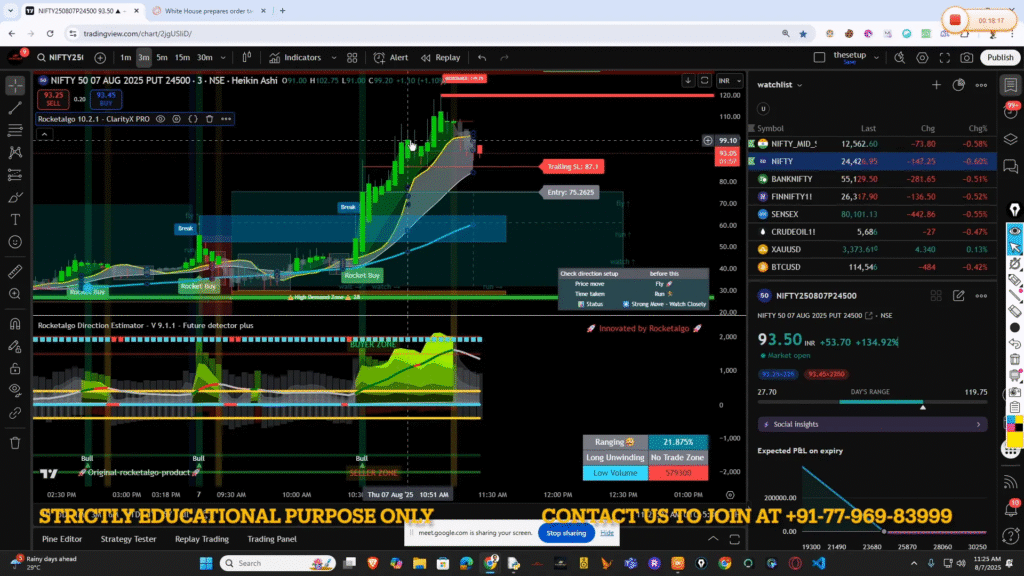
In today’s rapidly evolving stock market environment, staying informed with accurate and practical insights is crucial for traders and investors alike. The landscape of trading on NSE, BSE, and indices like Nifty is influenced by many factors, including geopolitical events and policy changes. This article delves deep into the current market situation, addressing common misconceptions, market manipulations, and the real impact of global tariff policies on Indian markets. Drawing from expert analysis, we will help you navigate the complexities of the stock market with clarity and confidence.
This comprehensive guide is inspired by the expertise shared by Rocketalgo Official, a trusted voice in the trading community, who brings practical setups and real-time analysis to help traders avoid pitfalls and make informed decisions.
Table of Contents
- 📉 The Reality Behind Market Movements and Misconceptions
- 💊 Case Study: The Impact on Pharma Stocks and Real Market Signals
- 📊 Market Manipulation: How Influencers and Institutions Shape Sentiment
- ⏳ Patience Is Key: Why Buying Calls in a Downtrend Can Be Risky
- 🌐 Understanding the Bigger Picture: Geopolitical and Economic Factors Behind Tariffs
- 📉 Sectoral Impact: IT and Banking Under Pressure
- 🔍 Technical Analysis: The Importance of Setup Over News
- 🛑 Avoiding Common Pitfalls: Emotional Trading and Fake Pumps
- 📈 Real-Time Trade Insights: Case Study of Nifty Trading
- 🧠 Final Thoughts: Navigating the Stock Market with Awareness and Patience
- ❓ Frequently Asked Questions (FAQ)
📉 The Reality Behind Market Movements and Misconceptions
There is a prevalent narrative across various channels and resources claiming that recent events, such as the imposition of tariffs by the US under Trump’s administration, have had little to no impact on the Indian stock market. However, these claims are misleading and do not reflect the actual market dynamics. Every significant event, especially one as impactful as tariffs, influences market behavior in some way.
For example, the Sensex and Nifty indices have shown clear downward trends following these announcements. The market has not remained unaffected, contrary to some media narratives. It’s important to recognize that some channels might downplay these impacts, possibly to protect vested interests or large portfolios. As traders, it’s critical not to fall prey to such misinformation. Instead, focus on technical setups and practical market data rather than just news headlines.
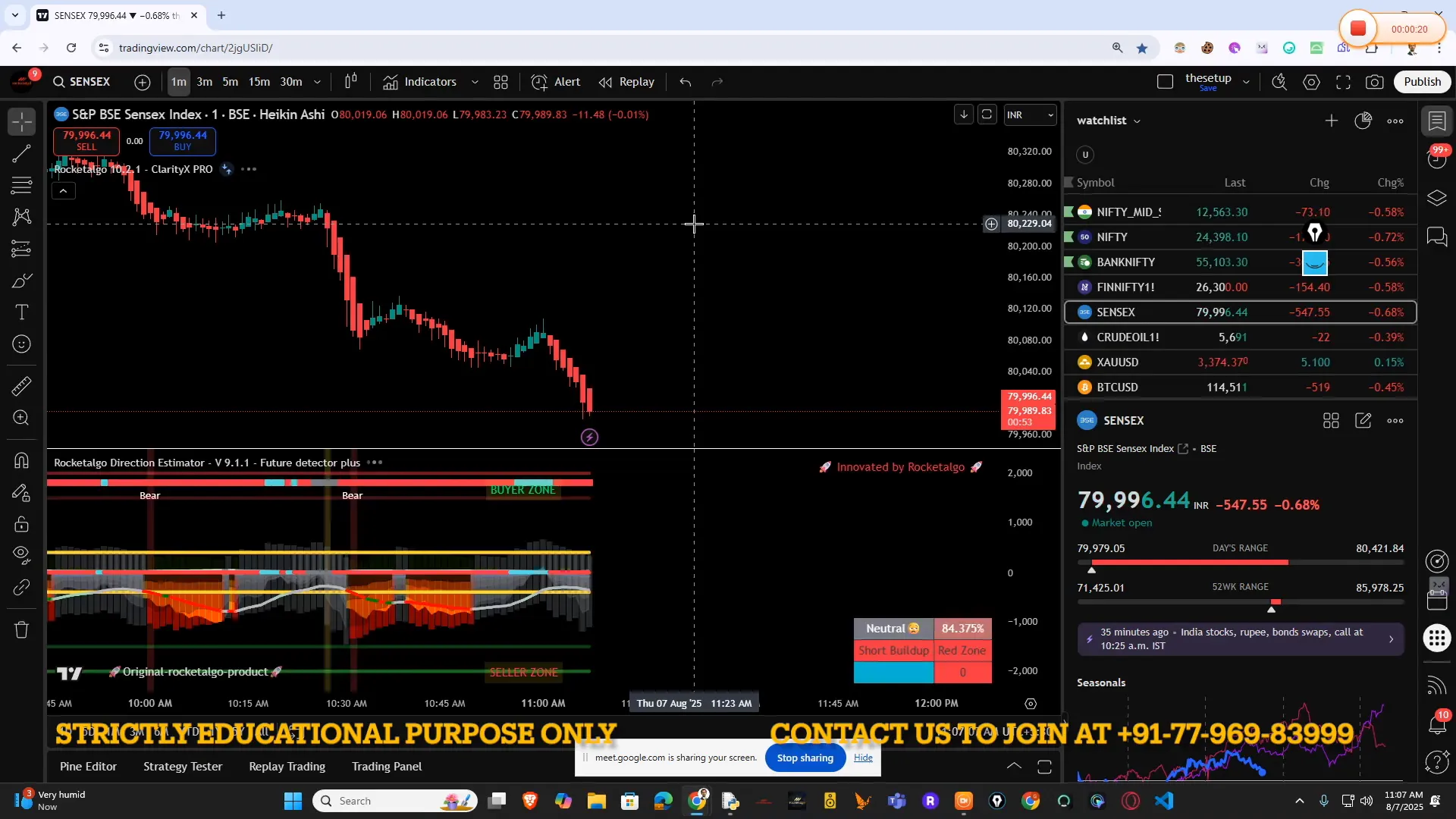
One of the key lessons here is to avoid emotional trading based on misleading news or hype. The advice is simple but powerful: if your trading setup indicates a downtrend, do not chase the market blindly expecting it to rise just because of optimistic news coverage.
💊 Case Study: The Impact on Pharma Stocks and Real Market Signals
To illustrate the market’s reaction to tariffs and global policy shifts, consider the example of Arvind Pharma. This Indian pharma company is a major supplier of paracetamol to the US market. When tariffs were announced, stocks like Arvind Pharma experienced significant pressure, reflecting the real impact of these policies.
Such stocks are not immune to global political decisions. If you closely observe the market, you will notice fake pumps and manipulative trading activities designed to mislead retail investors. For instance, there were instances of false upward movements (“fake pumps”) in some pharma stocks, which were quickly corrected by market forces.
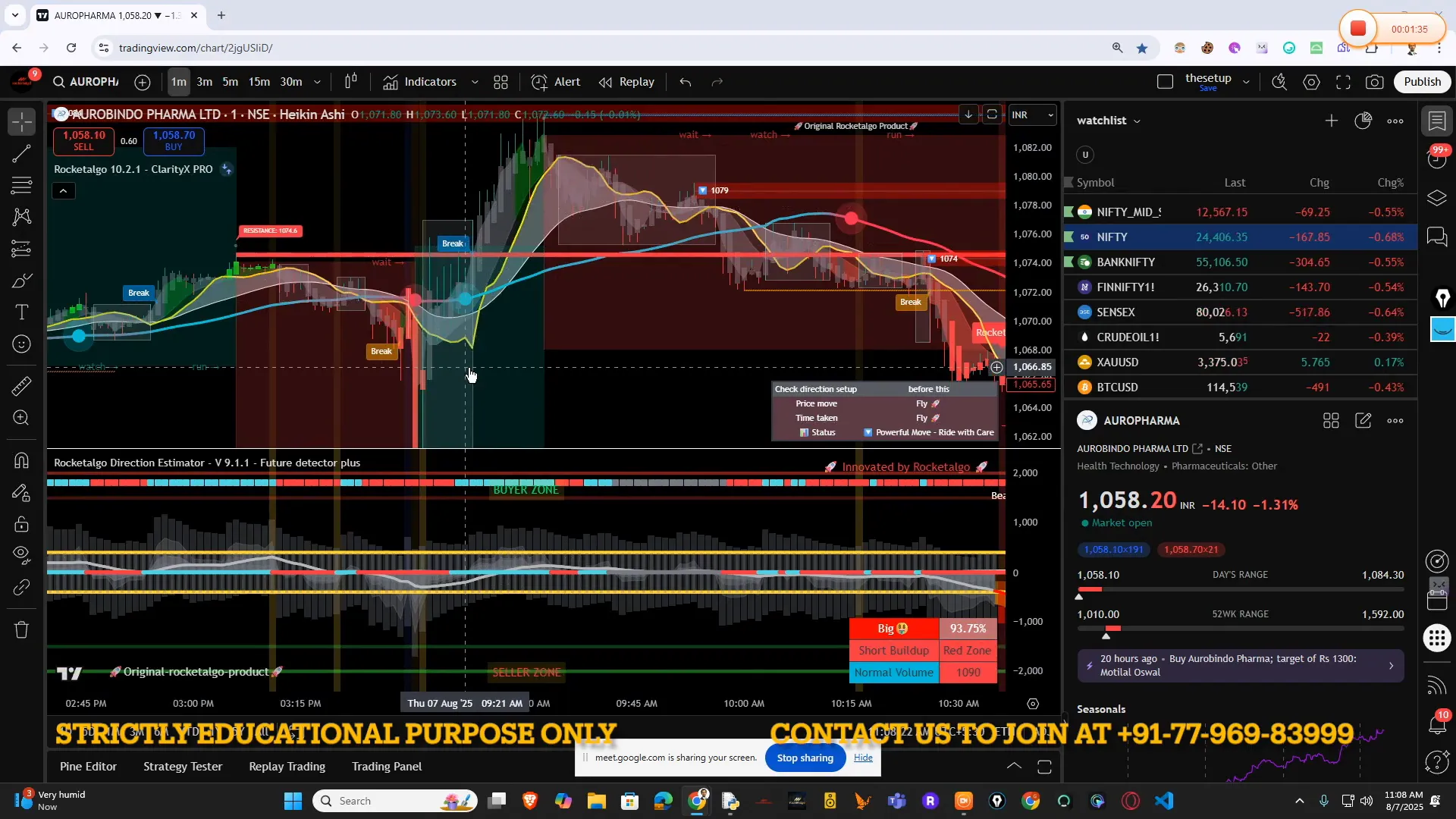
Recognizing these manipulations is vital. Many traders fall into the trap of buying during these artificial pumps, only to face losses when the stock corrects sharply. That’s why it’s important to rely on proven setups and technical tools rather than hype-driven calls.
📊 Market Manipulation: How Influencers and Institutions Shape Sentiment
Manipulation is a harsh reality in the stock market. Influencers, institutions, and certain market participants sometimes attempt to sway retail traders emotionally. The goal is often to induce buying in a falling market so that these entities can sell at higher prices and profit from the volatility.
It’s crucial to understand that such manipulation tactics are designed to create false optimism or fear. For example, news channels and social media groups might claim that tariffs will not affect the market or that the market will bounce back immediately. These are often attempts to lure traders into buying positions prematurely.
Instead of reacting impulsively, traders should develop a clear understanding of market setups, use technical analysis, and maintain patience. This approach helps you avoid emotional trading and protects your capital from unnecessary risks.
⏳ Patience Is Key: Why Buying Calls in a Downtrend Can Be Risky
Many traders rush to buy call options or stocks when they hear news about potential market upswings. However, buying calls during a confirmed downtrend, especially when the technical setup signals otherwise, can lead to significant losses.
For instance, after the announcement of a 25% tariff by the US on Indian imports effective around 28th August, the market started reacting negatively. It is not the right time to enter buying positions without proper confirmation from your trading setup. Instead, the best approach is to wait and watch, keeping your investments on hold until the market shows clear signs of recovery.
Remember, investing and trading are not about chasing every news headline but about understanding the underlying market structure and timing your trades accordingly.
🌐 Understanding the Bigger Picture: Geopolitical and Economic Factors Behind Tariffs
The imposition of tariffs by the US on Indian imports is not just an isolated economic move but part of a broader geopolitical strategy. There are complex reasons behind these decisions, including international conflicts and political pressures.
For example, the US administration’s efforts to claim credit for peace interventions, such as in the India-Pakistan ceasefire and other global conflicts, have led to demands for the Nobel Peace Prize. To strengthen their global stance, the US is applying pressure on countries like India through tariffs and trade restrictions.
Moreover, the US imposes high taxes on imports from India while India also taxes American goods heavily, such as automobiles, which further complicates trade relations. This tit-for-tat taxation impacts not only government revenues but also affects consumers and businesses on both sides.

Understanding these macroeconomic and geopolitical factors helps traders contextualize market movements and avoid knee-jerk reactions based on isolated news.
📉 Sectoral Impact: IT and Banking Under Pressure
The tariff and trade tensions do not just impact manufacturing or pharma sectors; IT companies are expected to feel significant pressure as well. Even if IT firms do not directly engage in import-export activities, the tightening of policies, especially on H1B and F1 visas, and increased scrutiny of American banks can disrupt their operations.
For instance, recent news indicates that the White House is increasing regulatory pressure on American banks, which indirectly affects Indian IT companies engaged with these banks. This cascading effect leads to volatility in the stock prices of companies like TCS and Infosys.
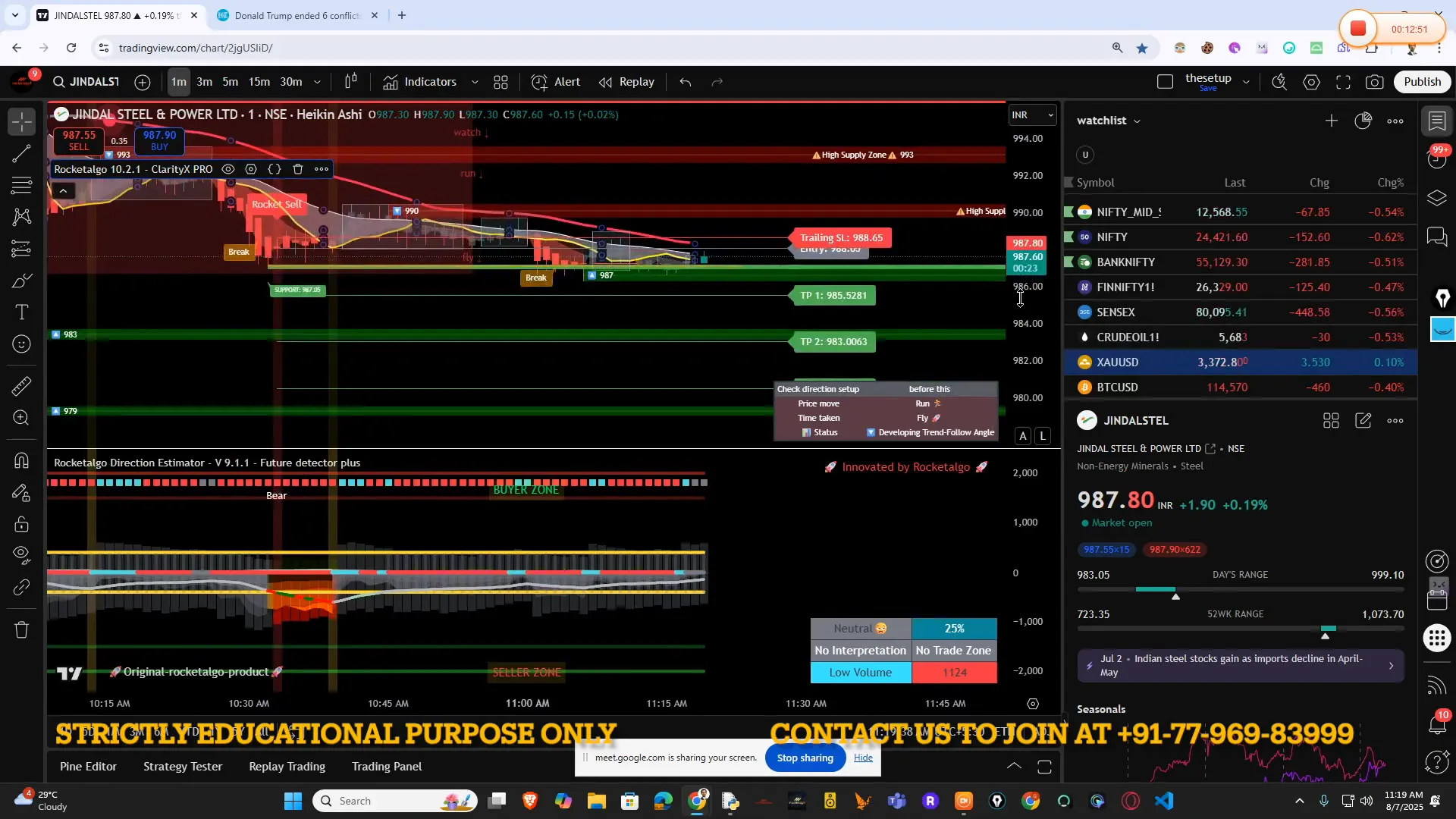
Investors should be mindful of these sector-specific risks and adjust their portfolios accordingly, focusing on risk management rather than speculative buying.
🔍 Technical Analysis: The Importance of Setup Over News
One of the strongest messages for traders is to prioritize technical data over news headlines. News can often be misleading or incomplete, and relying solely on it can result in poor trading decisions.
Technical tools like Rocket Algo’s trading setups provide objective signals based on market data. For example, the presence of red dots and blue darts in the setup indicates downtrends and potential reversals, helping traders time their entries and exits accurately.
In recent market sessions, these setups have clearly predicted downtrends even when media channels claimed the market would remain stable. This discrepancy highlights the importance of trusting data-driven analysis rather than emotional or speculative news.
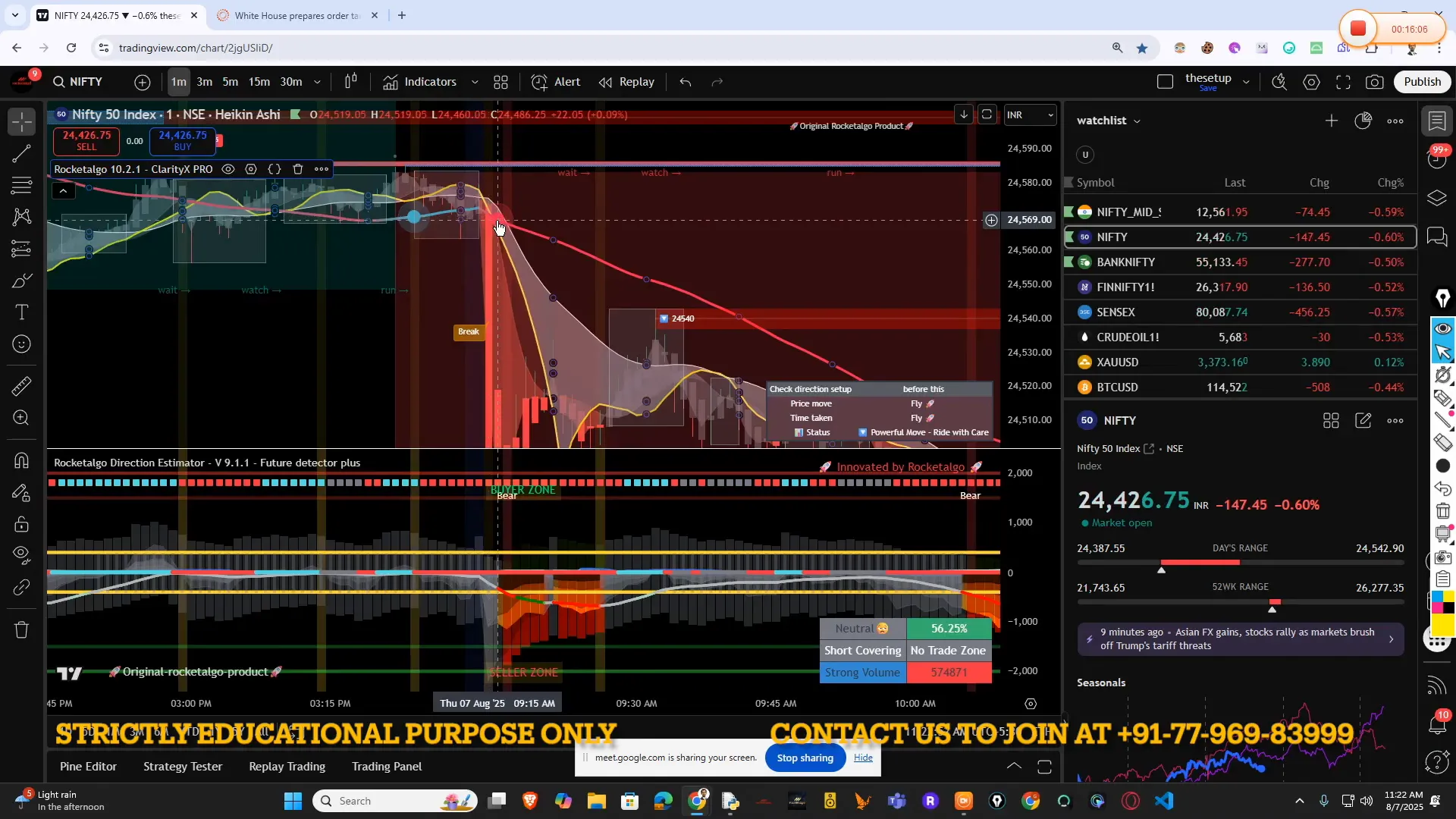
🛑 Avoiding Common Pitfalls: Emotional Trading and Fake Pumps
Many retail traders fall into the trap of emotional trading, especially when they see rapid price movements or hear optimistic forecasts from unreliable sources. Fake pumps—artificial, short-lived price increases—are common tactics used to entice traders into buying at inflated prices.
When these pumps fail, the market corrects sharply, causing losses to uninformed traders. Therefore, it is crucial to remain disciplined, follow your technical setup, and avoid buying purely based on hype.
Market movements can be volatile, with sudden shocks and recoveries. Understanding this and maintaining a patient, systematic approach is key to long-term success in trading on NSE, BSE, and indices like Nifty.
📈 Real-Time Trade Insights: Case Study of Nifty Trading
Practical trading examples demonstrate the effectiveness of a disciplined approach. For instance, a call option on Nifty bought at ₹75 around 9:33 AM was later booked at ₹100, yielding a 25-point profit despite interim market jitters.
This shows that holding trades based on real-time technical signals, rather than reacting to news-induced sentiment, can result in consistent gains. Combining one-minute and three-minute charts (the “one plus three” method) helps confirm trends and entry points.
Consistent analysis and stepwise trade planning are essential. Rocketalgo’s team is preparing to share regular real-time trade analyses to support traders in mastering this approach.
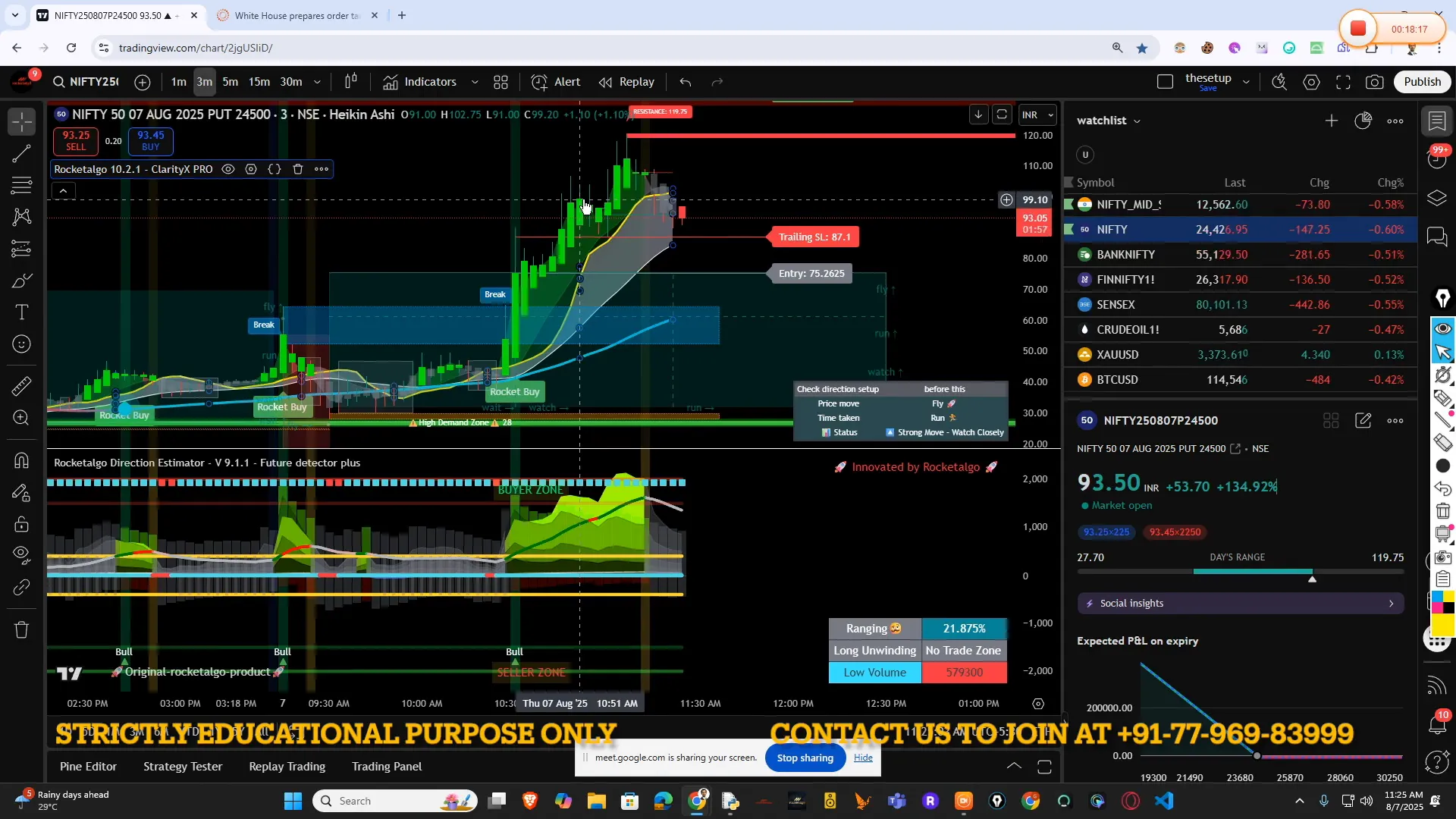
🧠 Final Thoughts: Navigating the Stock Market with Awareness and Patience
To summarize, the current market situation demands a cautious and informed approach to trading on NSE, BSE, and Nifty:
- Ignore misleading news and hype from unreliable sources.
- Focus on technical setups and objective market data.
- Be aware of market manipulation tactics and avoid emotional trading.
- Understand the geopolitical and economic context behind tariffs and trade policies.
- Exercise patience; wait for clear signals before entering trades.
- Use multi-timeframe analysis for better trade confirmation.
By adhering to these principles, traders and investors can protect their capital, avoid common pitfalls, and navigate the complexities of the stock market with confidence.
❓ Frequently Asked Questions (FAQ)
Q1: Does the US tariff on Indian imports affect the Indian stock market?
Yes, the tariff has a tangible impact, especially on sectors like pharma, IT, and manufacturing. The market has shown downward trends following tariff announcements, contrary to some media claims that there was no effect.
Q2: Should I buy call options or stocks immediately after news of positive market intervention?
No, it is advisable to wait for confirmation from your trading setup. Emotional buying based on news can lead to losses if the market is in a downtrend.
Q3: How can I avoid falling victim to market manipulation?
Focus on technical analysis and verified data rather than rumors or hype. Recognize fake pumps and avoid trading based solely on social media or unverified channels.
Q4: What sectors are most vulnerable to geopolitical tensions and tariffs?
Pharma, IT, and banking sectors are particularly vulnerable due to their exposure to international trade policies and visa regulations.
Q5: How can I use technical setups to improve my trading?
Use tools like Rocket Algo’s setups that provide signals based on market trends, such as red dots for downtrends and blue darts for reversals. Combine multiple timeframes for better decision-making.
For more practical trading setups and real-time analysis, consider exploring learning portals and trusted trading platforms that emphasize technical education and risk management.
Need more help |
|
Contact us by clicking the button below |
| Click me |

